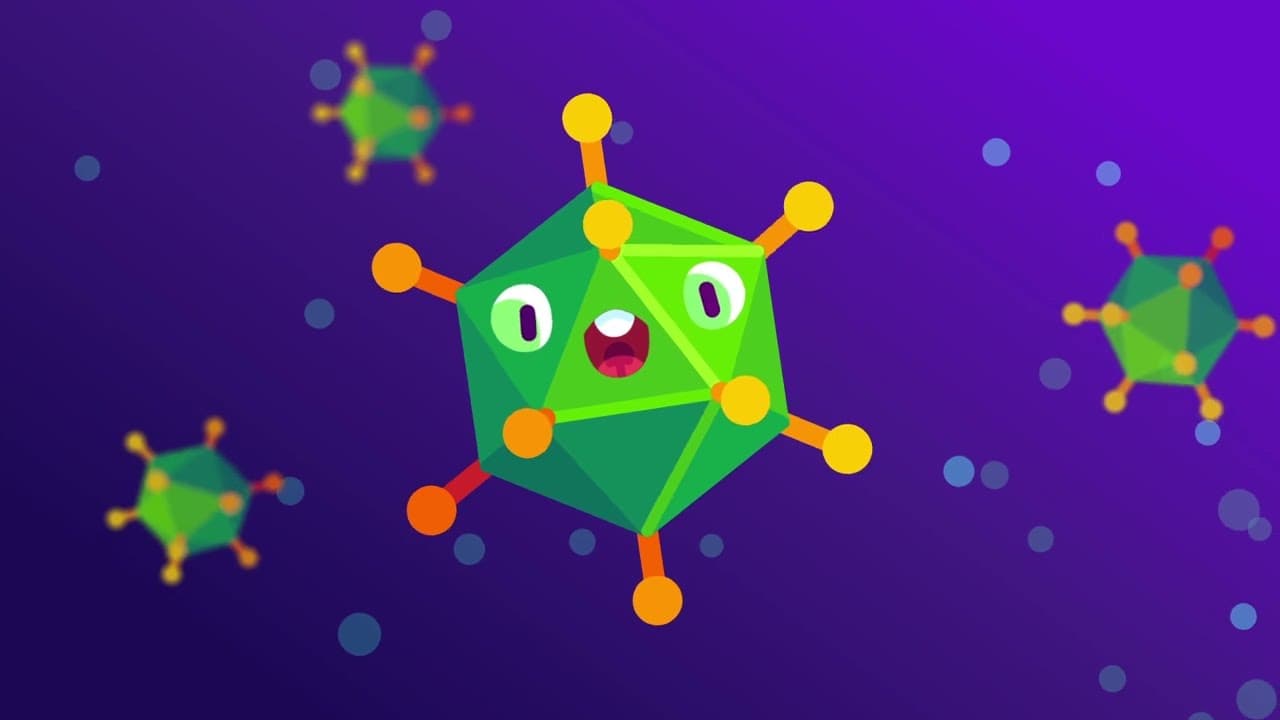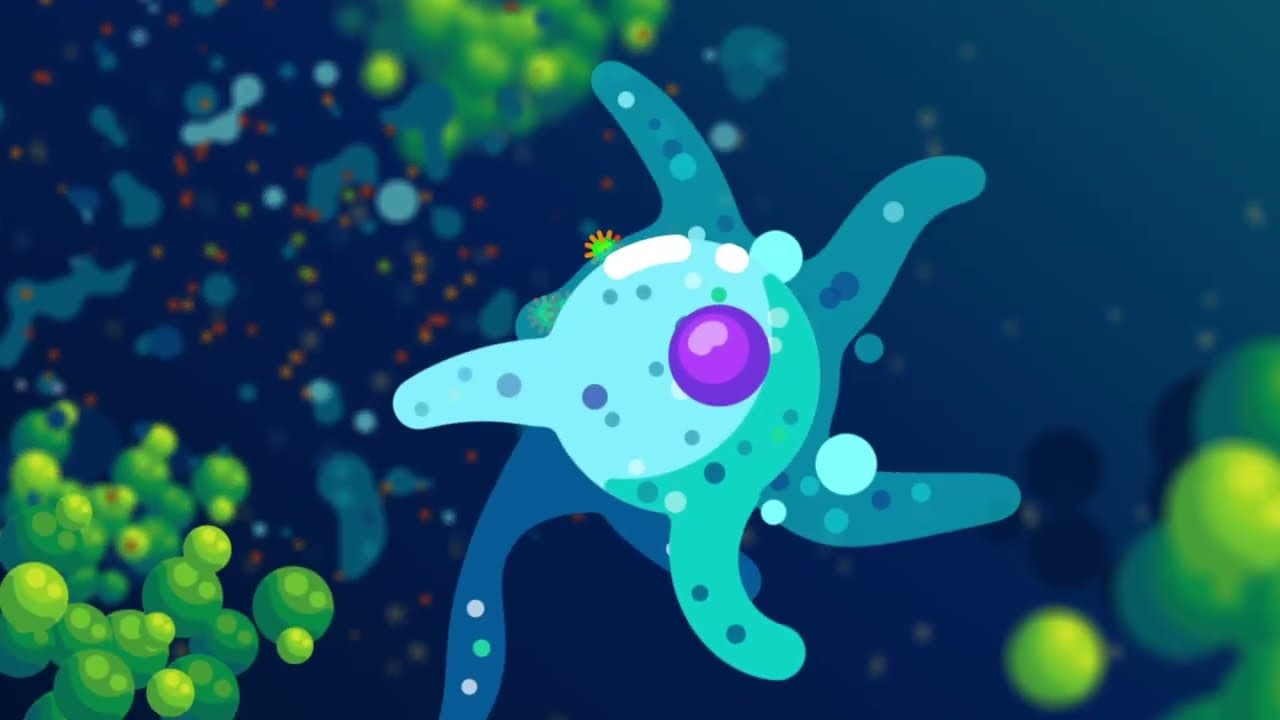Discovering the Hidden World of Viruses
I never imagined that the microscopic realm held such fierce battles, where viruses reign as the planet's stealthy rulers, challenging our very understanding of life and death.
This story reveals the surprising complexity of viruses, from their mysterious origins to the predators that hunt them, drawing me into a world of endless intrigue and scientific wonder.
TL;DR
I uncovered the brutal microbial wars where viruses dominate, preying on everything from bacteria to complex cells, raising questions about their true nature.
Giant viruses, far larger than expected, blur the line between life and non-life with their intricate genetics and behaviors that defy simple explanations.
These viruses face their own hunters, virophages, creating a chain of predation that hints at deeper evolutionary surprises in the unseen world.
As I delved deeper, I found viruses might shape life's evolution through gene mixing, leaving me curious about their vast, uncharted impacts.
This ongoing discovery reminds me that what we know is just the beginning, sparking wonder at the hidden battles all around us.

In my exploration of the microbial world, I first encountered the relentless battles among amoebas, protists, bacteria, archaea, and fungi, all vying for resources and territory.
Viruses stood out as the most peculiar players, not truly alive yet capable of destroying trillions daily. They lack metabolism or the means to move on their own, drifting aimlessly until they find a host to infect.
Scientists debate whether viruses count as living organisms, with some viewing them as simple genetic particles and others as hybrid entities that only activate within a host cell. Their origins remain a mystery, possibly linked to the dawn of life or escaped genetic material from cells.
Despite this uncertainty, viruses are incredibly successful, with estimates of 10 quintillion on Earth, enough to stretch across 100 million light-years if lined up.
Recently, I learned about giant viruses, or giruses, which shattered records and challenged our assumptions. These viruses are visible under a microscope and were often mistaken for bacteria due to their size.

Giruses infect single-celled organisms like amoebas, entering their cells and transforming them into factories for replication. They inject their genetic material, hijacking the host's machinery to produce more viruses, complete with protective membranes against the host's defenses.
Once replication is complete, the host cell often bursts, releasing new giruses to continue the cycle. What fascinates me is their complexity—some have hundreds or thousands of genes, including those for energy production and nutrient uptake, blurring the boundary between life and inert matter.
Adding another layer, giruses have their own parasites: virophages, which are viruses that prey on other viruses. For instance, the Sputnik virophage targets the Mamavirus, a girus that infects amoebas.
Virophages like Sputnik lack the tools to replicate alone, so they hijack the girus's replication machinery, often sabotaging it to produce more virophages instead. This creates a chain of infection where one virus depends on another, and even giruses have developed immune-like systems, such as CRISPR-like defenses, to fight back.

Some organisms, like protists, even incorporate virophage genes into their own genomes as a defense mechanism, releasing virophages to combat girus infections. This intricate web of interactions suggests viruses have been influencing evolution for billions of years through gene exchange and mixing.
As I reflect on these discoveries, it's clear that the microbial world is a dynamic, ever-evolving battlefield, far more interconnected than we realized.
This journey into viruses leaves me pondering how these invisible forces continue to shape life, hinting at future revelations that could redefine our understanding of biology and the natural world.
Key Takeaways
Viruses are abundant and deadly, engaging in constant battles within the microbial ecosystem, challenging definitions of life.
Giant viruses possess complex genetics, including genes for basic cellular functions, potentially altering host evolution.
Virophages prey on giant viruses, creating a layered predation system that highlights the interconnectedness of microscopic life.
These interactions suggest viruses play a key role in genetic exchange and the broader development of life on Earth.

